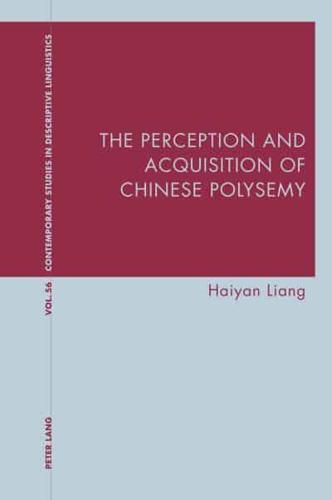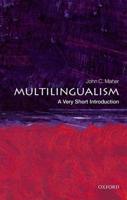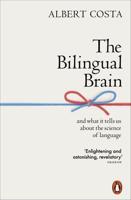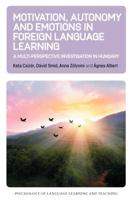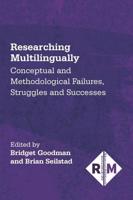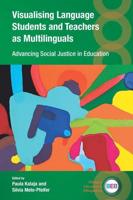Publisher's Synopsis
Polysemous lexical items have multiple senses associated with a single form, and these senses are interrelated. Polysemy is a universal and omnipresent phenomenon, providing a robust tool to convey creatively our ideas and thoughts. As a result, polysemy presents challenges for second language (L2) learners. Existing studies on the issue of polysemy in language acquisition often rely on researchers' subjective understandings of the network of meanings around a lexical item or focus on English examples. Yet Chinese lexis exhibits greater polysemy than English and deserves its own examination. This book takes one Chinese polysemous item as an example to explore how native (L1) speakers and L2 learners perceive its multiple senses as well as how these senses are acquired by L2 learners. This book also investigates the predictive strengths of various factors that contribute to the acquisition pattern. A multidisciplinary approach is adopted to achieve these objectives, including methods from cognitive linguistics, psycholinguistics, and corpus linguistics.
